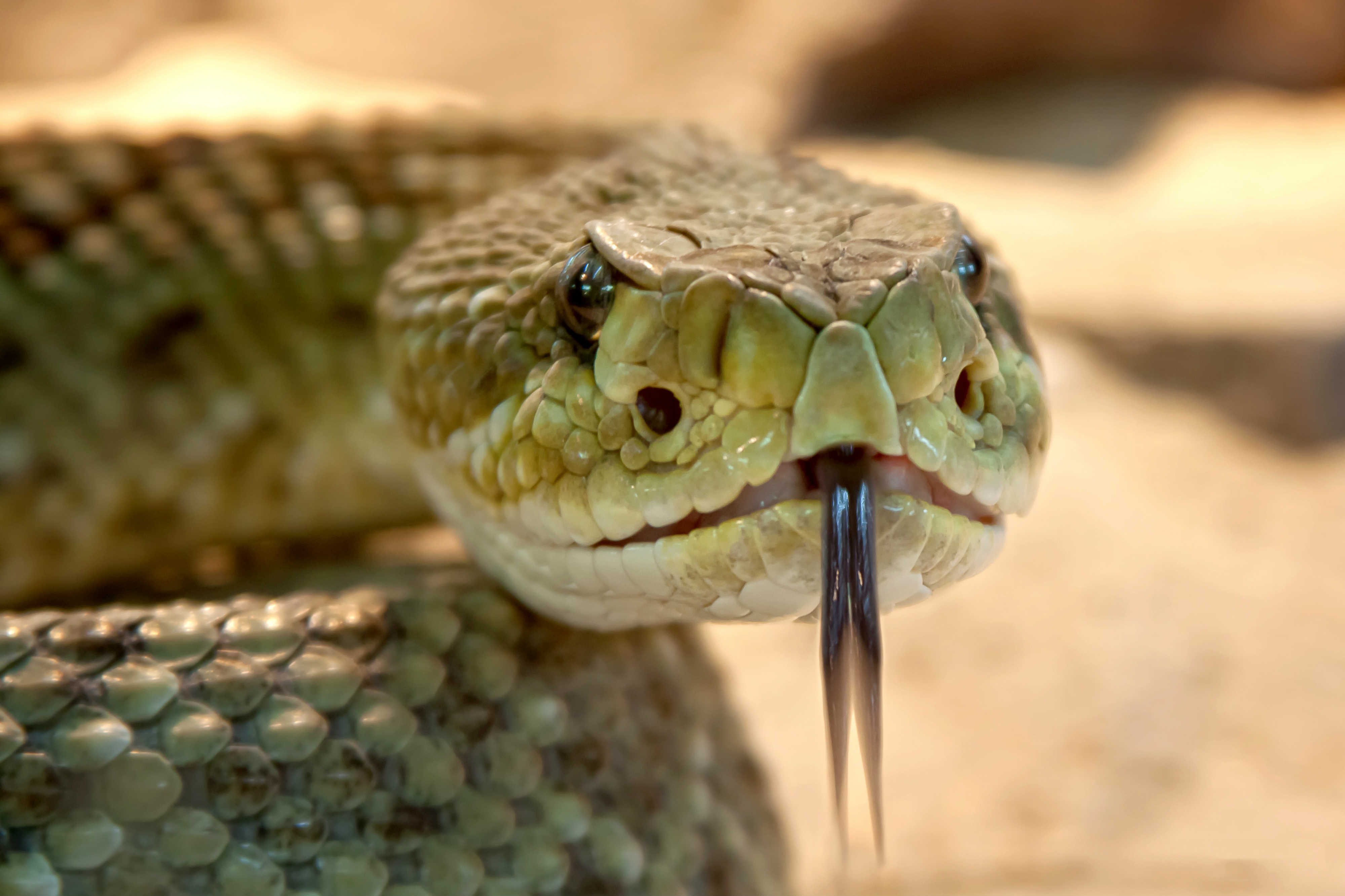About 3000 venomous snake bite cases are reported every year in India. Among the victims, the ratio of tourists is higher than the locals located in any region. So what I’m trying to mean here is that if you are a wanderlust and that too if you travel mostly to forest regions, then the probability of you getting bitten from a snake is very mush high. So it’s necessary for every individual to know some first aid treatment for snake bite and that’s what I’m going to discuss in this article.

Signs and Symptoms
Common symptoms of all snake bites are:
1. Emotional Symptoms
- Overwhelming fear
- Panic
- Emotional instability
This may be because of the surrounding snakes and possible death or injury from bites which may cause the following ones:
- Nausea
- Vomiting
- Diarrhoea
- Vertigo
- Fainting
- Tachycardia (fast heart beat)
2. Physical Symptoms
Most snake bites whether by a venomous snake or not will have any type of local effect. There is low pain and redness in over 95% of cases, although this varies depending on the place of bite.
Snake bites by vipers and cobras are extremely painful, with local area sometimes becoming tender and swollen within 5-7 minutes. The bite area may also bleed or blister. Pit viper bites may include lethargy, weakness, nausea, and vomiting. Over time may cause more life-threatening symptoms such as low blood pressure, high breathing, severe tachycardia (heart beats very fast), breathing difficulty or breathing stops. If this happens CPR should be applied.
First Aid For Snake Bites
- Call medical help as fast as possible.
- Remain calm.
- Minimize movements if possible. If you are alone, you should search for the help.
- If you are bitten on the arm or finger remove any rings, bracelets or watches. Loosen any tight clothing in case swelling occurs.
- Apply a bandage to the bitten limb. If the bite is on the trunk, head or neck, apply low pressure to the bitten area. Do not restrict chest movement.
- Splint or use a sling on the bitten to restrict movement.
- Lie down and keep the bitten extremity at body level. Raising can cause venom to travel to other body parts. Holding it down will increase swelling.
- Rush to the nearest hospital emergency room, where anti-venom of snakes are available and given if required.
Some No’s for Snake Bite First Aid
- NO aspirin or other painkiller.
- NO tourniquets. This may cut blood flow completely and result in loss of the affected limb.
- DON’T try to suck the blood out of the wound or cut the bite with a knife. Such actions have not been proven useful.
- DON’T apply ice to the bite. Researchers showed this to be harmful.
- DON’T raise the wound above the heart. Raising it can cause venom to travel into the body. Holding it down, can increase swelling.
- DON’T use electric shock or a stun gun on the bite area. It could harm the victim.
- DON’T wash the snake bite area with water – recommendations for snake bite treatment strongly denied to wash the wound. Traces of venom left on the skin/bandages from the wound can be used in identifying the species of snake.
- DON’T capture the snake. If it’s safe you can try to take a photo with your phone. This may help in identifying the snake.
Thank you for reading our article and if you have any doubts/queries/suggestions, please feel free to comment below. If you find this article useful and knowledgeable, please share it with your circle. You can even contact us privately through the contact form or through social networking sites like Facebook, Twitter, Google+ etc.